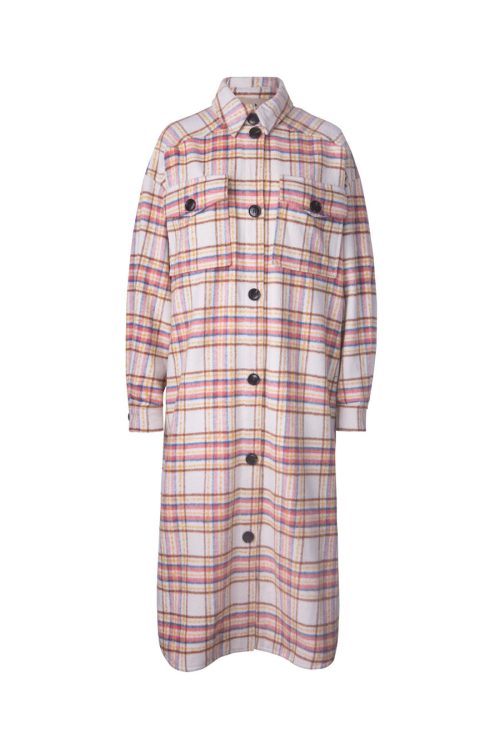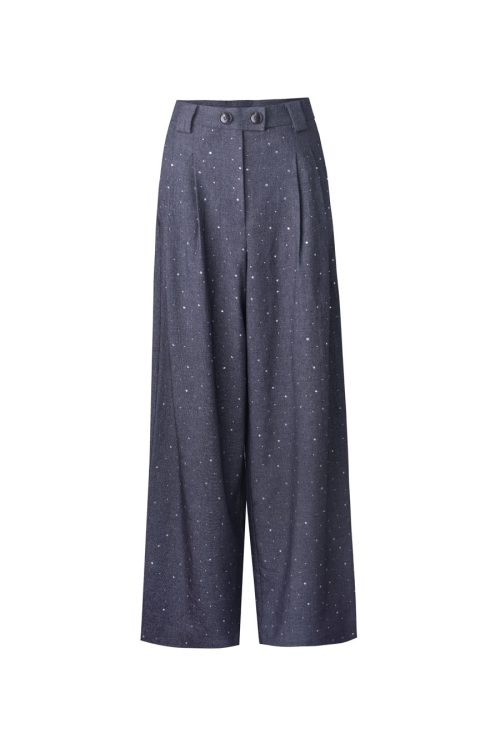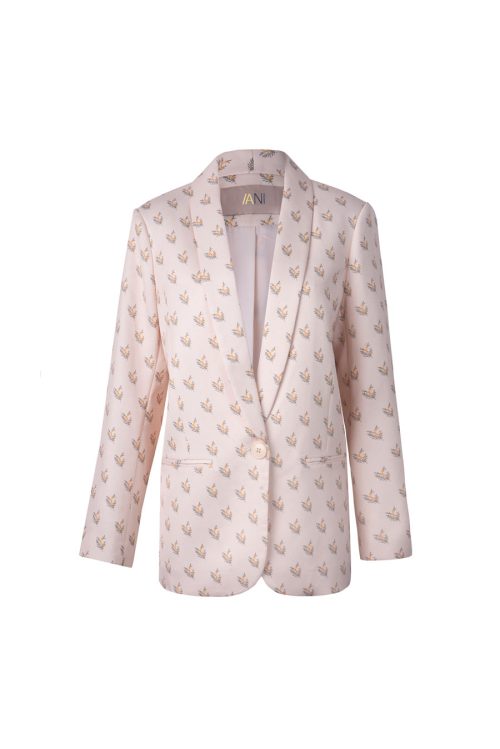
Mass appeal production represents a cornerstone of the global fashion industry, enabling brands to deliver trendy, high-quality apparel to a broad audience at competitive prices. This approach not only caters to the ever-evolving demands of consumers but also leverages the inherent advantages of streamlined design processes, efficient supply chains, and advanced manufacturing techniques.
Introduction to Mass Appeal Production
Mass appeal production stands as a testament to the fashion industry’s capacity to blend creativity with industrial efficiency. By focusing on designs that resonate with a wide audience and employing mass production techniques, manufacturers can achieve significant economies of scale, reducing costs while ensuring quality and timely delivery.
Key Components of Mass Appeal Production
Streamlining Design and Fabric Selection: This process involves selecting designs and fabrics that not only appeal to a broad market but also align with efficient production methods. Emphasizing versatile and widely accepted styles ensures that production can be scaled effectively to meet demand.
Leveraging Supply Chain Advantages: The backbone of mass appeal production lies in a robust supply chain. Optimizing logistics, from raw material procurement to final product distribution, enhances efficiency and cost-effectiveness.
Cost-Effective Manufacturing Strategies: Implementing strategies such as bulk purchasing, automated production lines, and efficient workflow management significantly reduces manufacturing costs.
Quality Control and Efficiency Enhancements: Maintaining high-quality standards while optimizing production speed is crucial. Continuous improvement practices and technological integration are key to achieving this balance.
Design Trends and Consumer Demand
Understanding and anticipating consumer preferences is critical in mass appeal production. By analyzing market trends and incorporating fashion forecasting, manufacturers can create products that not only meet current demands but also anticipate future trends.
Sustainability and Ethical Considerations
The fashion industry faces increasing scrutiny regarding its environmental and social impact. Integrating sustainable practices, from eco-friendly materials to ethical labor practices, is becoming essential for mass production models aiming for long-term success.
Technology’s Role in Mass Production
Technological advancements are revolutionizing mass appeal production. Automation, artificial intelligence, and digital marketing strategies are streamlining production processes, enhancing quality control, and expanding market reach.
Challenges and Solutions
While mass appeal production offers numerous benefits, it also presents challenges such as managing production costs, ensuring consistent quality, and adapting to rapidly changing consumer tastes. Strategic planning, technological integration, and agile supply chain management are crucial in addressing these challenges.
Mass Appeal Production: A Case Study
This section would explore a real-world example of a fashion brand or manufacturer that successfully implemented mass appeal production strategies, highlighting the challenges faced, solutions employed, and the outcomes achieved.
Conclusion and Future Outlook
Mass appeal production continues to shape the future of the fashion industry, offering opportunities for growth, innovation, and sustainability. As consumer preferences evolve and new technologies emerge, the ability to adapt and innovate will remain key to success in mass production.
FAQs
- What is mass appeal production?
- How does mass appeal production benefit consumers?
- What role does technology play in mass appeal production?
- How can sustainability be integrated into mass appeal production?
- What are the main challenges faced in mass appeal production, and how are they addressed?




